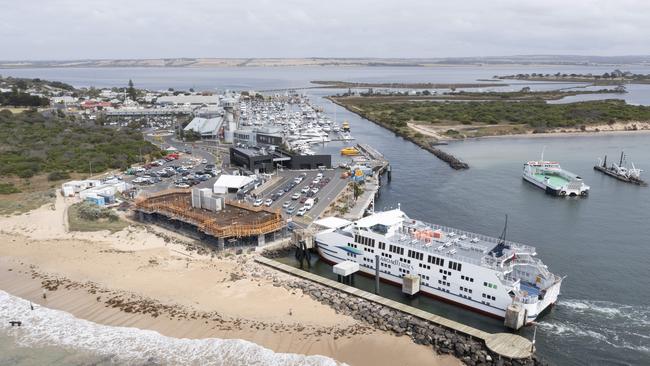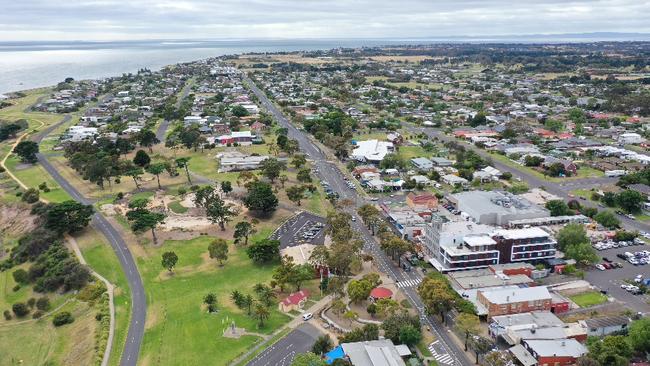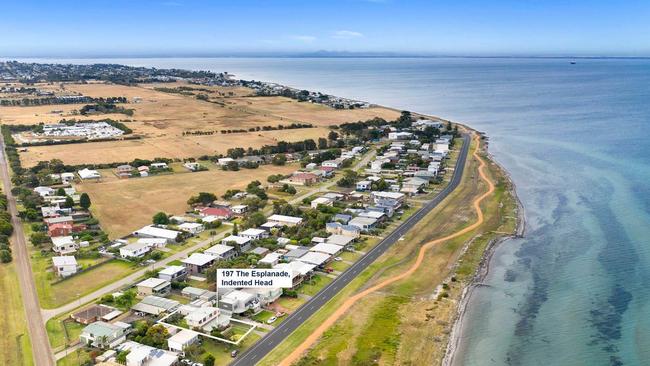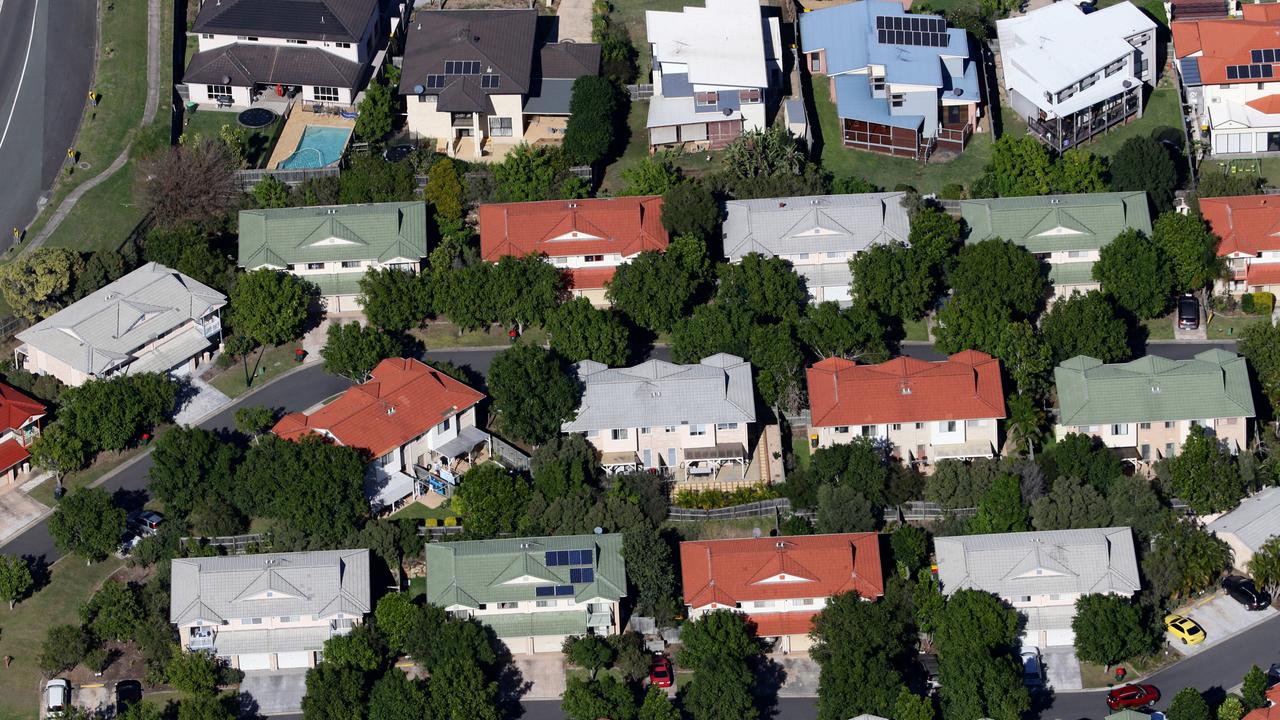Coastal risk revealed for Bellarine Peninsula hot spots
The increased risk from coastal erosion and storm surges facing Bellarine Peninsula towns could come at a cost to homeowners and buyers, a new report warns.

Property
Don't miss out on the headlines from Property. Followed categories will be added to My News.
Waterfront homes in several Bellarine Peninsula towns face an increased risk from coastal erosion or storm surges reaching properties, a new report has found.
The report, which assesses the financial risk from coastal erosion, revealed damage from storm surges and erosion has the potential to impact $25 billion worth of residential properties near the coastline across Australia.
Property analyst CoreLogic’s Coastal Risk Scores for Financial Risk Assessment white paper named Queenscliff as experiencing one of the highest coastal retreat rates in Australia.
RELATED: Favourite Great Ocean Road pub hits the market
The Geelong suburbs where prices have passed their peak
Mid-century gem captures young family’s heart
Report author, CoreLogic’s head of consulting and risk management Dr Pierre Wiart said other towns at risk in the Geelong region were Portarlington, Indented Head and St Leonards.
The Bellarine Peninsula towns have ribbons of properties facing directly onto the water with low-lying coastlines on Port Phillip Bay or Swan Bay.
Dr Wiart said the report provide a warning to homeowners, future buyers and insurers and lenders of potential future climate-related coastal risks.

“In the next three decades, coastal risk will crystallise, with the tangible effects of climate change already being felt in most parts of Australia,” he said.
“This is leading to direct physical and financial consequences. Coastal risk has far-reaching implications for the country’s property market and its supporting financial sector, including property valuations, home loan viability and insurance premiums.
“Credit risk and long-term loans are directly impacted by these natural trends,” he said.
The coastal risk score evaluates combined coastal risks based on compounding storm surge and change in coastline, with the latter also considering ongoing rising sea level trends.
It draws on 30 years of scientific data into shoreline movements.

Dr Wiart said the impact of climate change on Australia’s coastal erosion and rising sea levels was alarming and required urgent attention.
More than 900,000 dwellings were identified as falling into one of the four at risk categories, with 12,694 houses and 9441 units categorised as being at “high” or “very high” risk of coastal exposure.
The residential value of these properties is $5.3 billion and $19.6 billion respectively.
A very high rating shows the risk of gradual coastal erosion would reaching dwellings within 30 years.
CoreLogic research director Tim Lawless said a significant proportion of property is located in premium coastal, river and harbour-front suburbs.
He said in the past two years the trend for coastal living had accelerated, drawing even more people to popular waterfront enclaves, resulting in unprecedented increase in housing growth rates.
Originally published as Coastal risk revealed for Bellarine Peninsula hot spots



